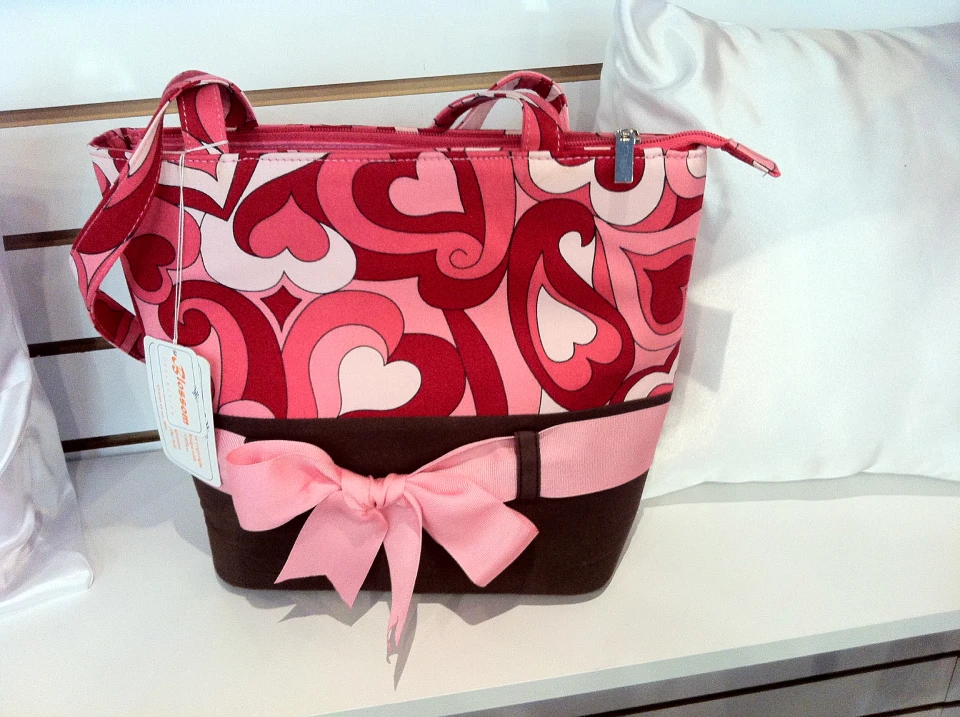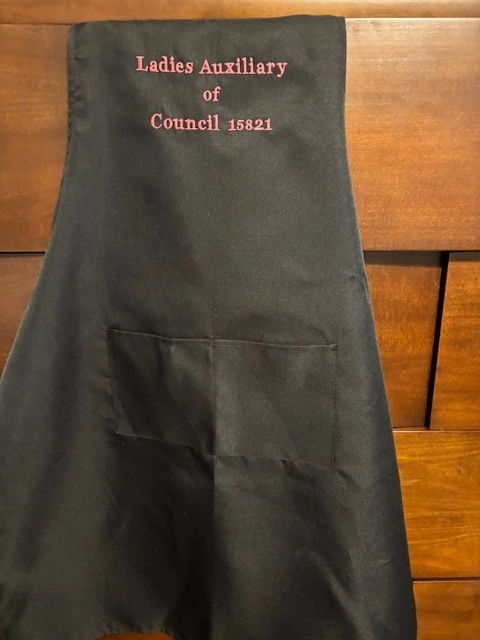Sophisticated Monogramming on Towels for a Touch of Deluxe
Sophisticated Monogramming on Towels for a Touch of Deluxe
Blog Article
The Art of Custom Needlework: Opening the Secrets to Creating Distinct and Remarkable Designs
The secrets to producing personalized needlework styles that captivate the eye and leave an enduring perception lie in a delicate equilibrium of technique, creative thinking, and interest to detail. As we dig into the globe of custom-made needlework, we uncover the nuanced interaction between thread selection, sew complexity, and design personalization that elevates a simple garment to a work of art.
Selecting the Right Needlework Threads
When selecting needlework threads, what essential elements should you think about to guarantee the most effective outcomes for your customized styles? The selection of needlework thread is essential in determining the final outcome of your embroidered style. Among the primary considerations is the material of the thread. Various products such as cotton, polyester, rayon, and silk offer differing levels of shine, resilience, and structure. It is vital to select a thread material that complements the textile you are embroidering on and aligns with the wanted look of the layout.
Additionally, the weight or density of the string plays a significant duty in the appearance of the needlework. Thicker threads can include dimension and texture to your layout, while finer threads are ideal for elaborate details and tiny message. Additionally, taking into consideration the color fastness and washability of the thread is vital to guarantee that your customized styles keep their quality and vibrancy in time. By thoroughly evaluating these variables and choosing top notch threads that satisfy your details needs, you can improve the visual charm and long life of your stitched developments.
Exploring Various Stitch Methods
To explore the realm of 'Discovering Different Stitch Strategies', one must comprehend the ins and outs and nuances that each stitching method gives the art of embroidery. Different stitch techniques not only add visual interest however additionally add to the overall structure and measurement of the layout. One preferred stitch method is the satin stitch, which involves carefully packed parallel stitches to produce a smooth and shiny surface, suitable for filling in forms and producing bold describes.
On the various other hand, the backstitch is a functional method commonly used for laying out and adding great information. It involves stitching backward to produce a strong line of needlework. In addition, the French knot stitch includes a responsive aspect to styles, best for developing textured accents like flower facilities or decorative touches.
Checking out different stitch strategies permits embroiderers to have fun with light, shadow, and deepness within their styles, boosting the visual allure and artistic top quality of their embroidery projects. By mastering various sewing techniques, one can open countless possibilities for producing one-of-a-kind and memorable personalized needlework items.
Incorporating Personalized Layout Aspects
Having checked out the details of different stitch strategies such as the satin stitch, backstitch, and French knot, the emphasis currently changes towards including individualized layout components in custom embroidery tasks. Personalized style elements play a crucial role in making needlework tasks genuinely one-of-a-kind and remarkable. One way to integrate customization is by including initials, names, or substantial dates to the style. This not only adds a customized touch but additionally boosts check my blog the nostalgic worth of the needlework item.
An additional method to incorporate tailored style components is by including symbols or motifs that hold unique definition to the recipient or reflect their interests and individuality. As an example, including a preferred flower, pet, or hobby-related symbol can make the embroidery design extra meaningful and personalized. Additionally, choosing shades that reverberate with the recipient or align with the desired style can further boost the personalization of the needlework task.
Mastering the Art of Shade Control

One secret facet of shade control is recognizing shade concept. This consists of knowing exactly how various colors interact with each various other, the emotions they communicate, and just how they can be incorporated to develop aesthetically enticing layouts. By using shade theory concepts, embroiderers can create harmonious color schemes that improve the overall appearance of the style.
Additionally, focusing on comparison is crucial in shade sychronisation. Using contrasting colors can help certain components of the design pop, improve clarity, and develop a visually dynamic needlework item. By grasping the art of shade control, embroiderers can elevate their styles and create remarkable items that reverberate with customers and viewers alike.
Enhancing Texture With Advanced Needlework Stitches

French knots, as an example, are perfect for adding tiny, raised dots to your layout, imitating the look of beads or developing a distinctive surface. Bullion knots, on the various other hand, can be used to produce twisted, ropelike components that add a lavish feeling to the needlework. Seed stitching includes tiny, scattered stitches that can fill in areas with a multicolor texture, while turkey work creates fluffy, dimensional accents similar to animal fur or foliage. Trying out these sophisticated embroidery stitches permits you to push the borders of conventional needlework and create absolutely special and aesthetically attractive structures in your layouts.
Conclusion
To conclude, the art of see this custom-made needlework involves a combination of selecting the right threads, discovering various stitch methods, integrating customized design aspects, understanding color coordination, and boosting texture with sophisticated stitches. By understanding and implementing these essential aspects, embroiderers can produce unique and memorable designs that showcase their creative thinking and skill. Embroidery enthusiasts can open the secrets to developing stunning and custom pieces that attract attention and leave a long-term perception.
Report this page